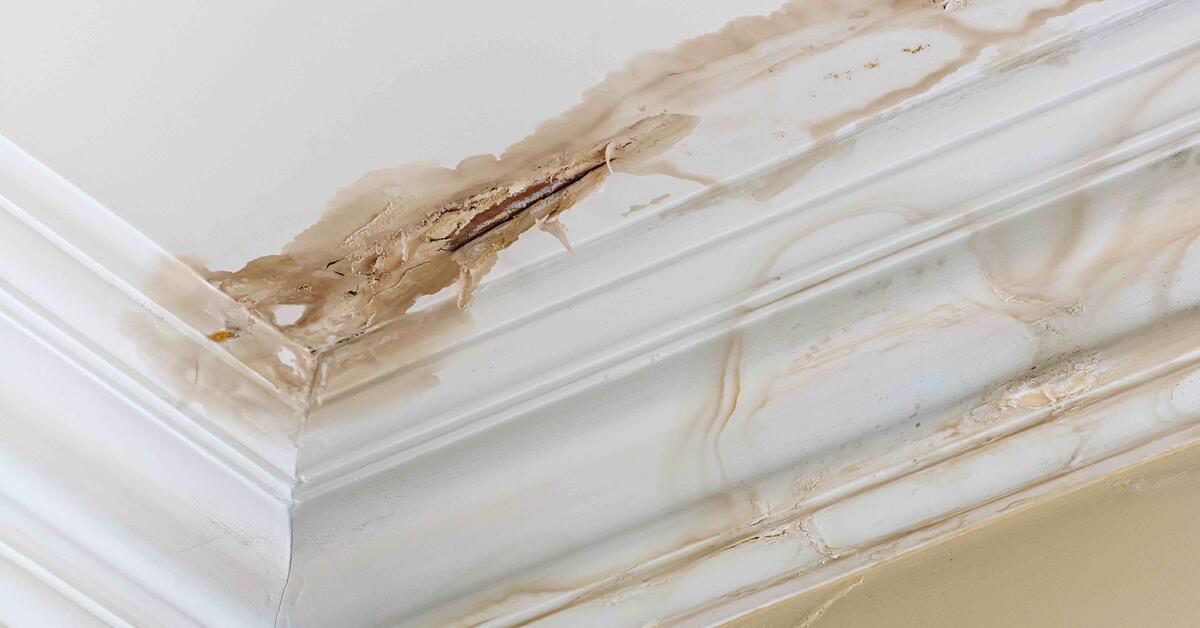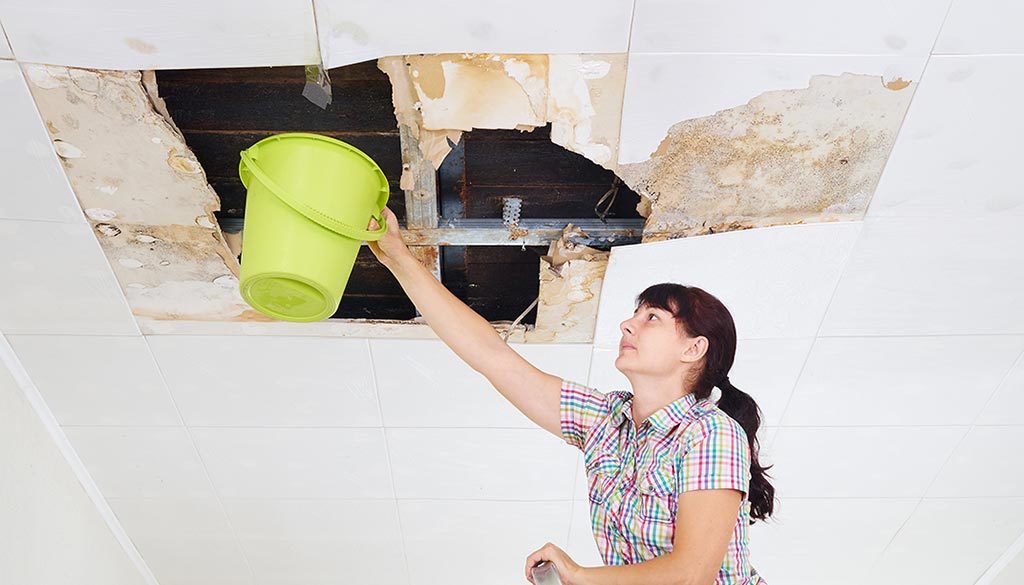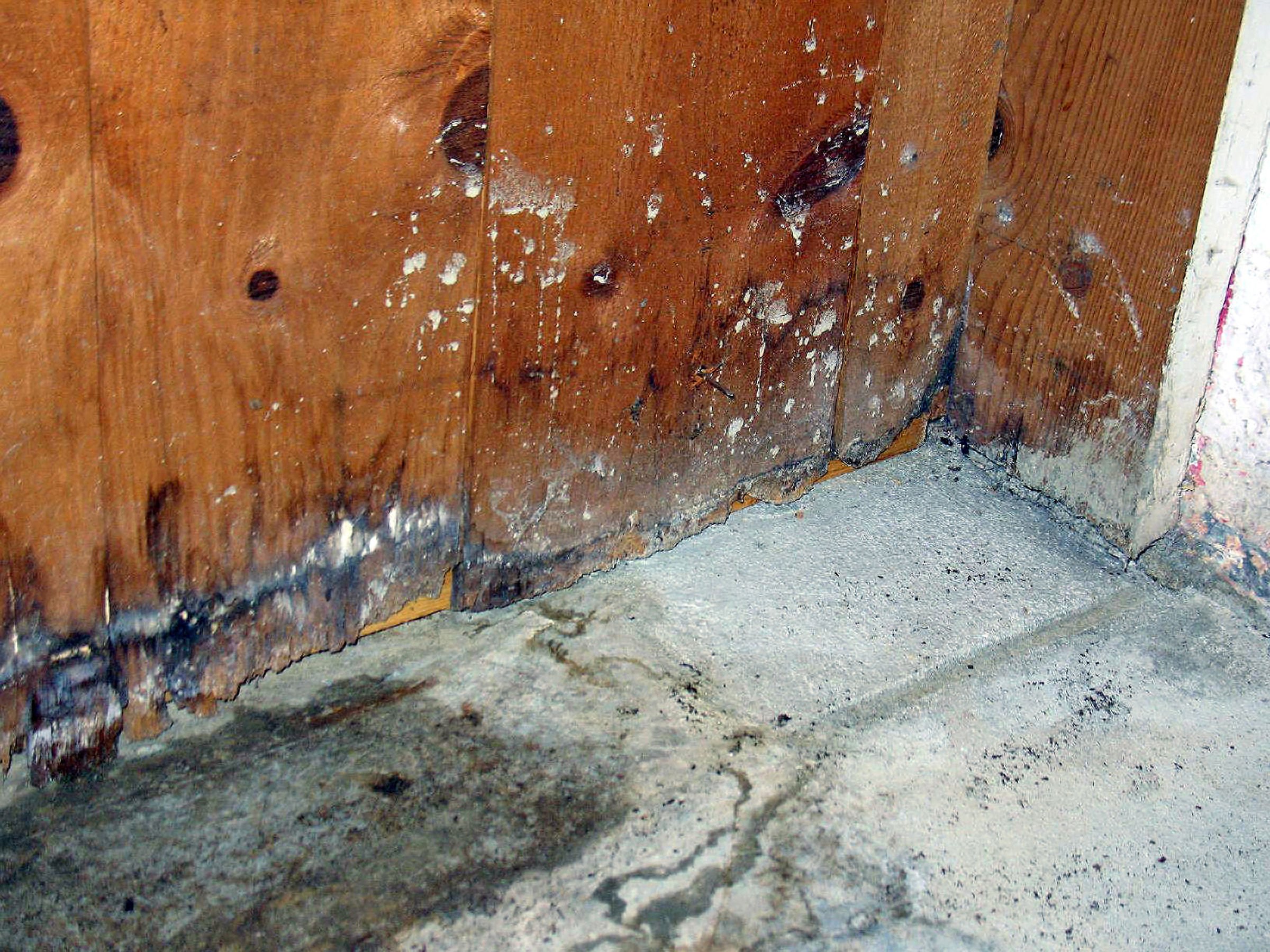Professional Water Damage Restoration for Homes and Businesses Near You
The Refine of Water Damages Cleanup: Ensuring Your Home Is Restored Successfully
Water damage can be a complicated difficulty for property owners, necessitating a meticulous and organized cleanup process to recover safety and security and functionality. damage restoration services. Following this, effective water removal methods play an essential role in mitigating further harm.
Assessing the Damages
Upon uncovering water damage, the very first step is to extensively assess the level of the effect. This initial assessment is essential, as it assists establish the needed steps for reliable cleaning and repair. Begin by evaluating the impacted locations, including walls, ceilings, floors, and personal possessions, to identify the resource of the water invasion, whether from flooding, leaks, or condensation.
Documenting the damages is vital for both insurance coverage claims and intending reconstruction initiatives - damage restoration services. Use photos and composed notes to record the extent of the damages, keeping in mind any afflicted architectural elements and materials. Pay special interest to areas that might not be immediately noticeable, such as behind walls and under rugs, as hidden dampness can cause further issues, including mold growth
In addition, examine the timeline of the water direct exposure. The longer the products continue to be damp, the higher the potential for damages. Recognizing the duration of exposure will inform the seriousness of removal initiatives. Inevitably, a detailed evaluation prepares for a successful water damages cleanup procedure, making sure that all affected locations are addressed efficiently and extensively.
Water Extraction Strategies

Specialists typically employ submersible pumps for larger quantities of water, which can swiftly reduce flooding in basements or other affected areas. For smaller quantities, wet/dry vacuum cleaners are often used to extract residual dampness from carpetings and tough surface areas. In addition, utilizing mobile extractors enables for targeted removal in confined spaces or locations with fragile products.
In instances of contaminated water, such as sewage or floodwater, progressed removal methods may involve using biohazard devices to make sure security and compliance with health regulations. High-powered removal devices are important in minimizing water retention in architectural materials, which can cause mold development and structural degeneration if not dealt with quickly.
Ultimately, the performance of water removal techniques plays a pivotal duty in the general success of the water damage cleaning process, laying the foundation for succeeding remediation initiatives.
Drying and Dehumidification
When standing water has been properly drawn out, the following important phase in the water damages clean-up procedure is drying and dehumidification. This action is important to avoid more damage and mold and mildew growth, which can take place within 24 to two days in wet atmospheres.
To attain efficient drying out, customized devices such as industrial-grade air movers and dehumidifiers is utilized. Air moving companies circulate air throughout wet surface areas, boosting evaporation prices, while dehumidifiers reduce moisture degrees in the air, advertising a conducive atmosphere for drying out. The combination of these tools makes certain that wetness is attracted out from home furnishings, wall surfaces, and floors, allowing them to dry extensively.
It is essential to keep an eye on the drying process carefully. Specialists typically make use of dampness meters to evaluate the wetness material in numerous products, ensuring look at this now that all affected locations get to appropriate dry skin degrees. This meticulous method assists to avoid hidden moisture pockets that could result in structural damage or undesirable mold growth.

Cleaning and Sanitizing
After the drying and dehumidification phase is full, the following essential action in water damages cleaning is cleaning up and disinfecting the affected locations. This procedure is crucial to stop the development of mold and mildew, microorganisms, and various other microorganisms that flourish in damp environments.
The restoration flood cleansing stage normally includes removing any particles, dust, and contaminants from surface areas making use of specialized cleaning up agents. For tough surface areas, a combination of soap and water or commercial cleaning products is typically used. Soft products, such as upholstery and carpetings, may require more extensive cleansing techniques, including heavy steam cleaning or deep removal methods, to ensure thorough cleanliness.

Sanitizing adheres to cleaning, making use of EPA-approved disinfectants to get rid of hazardous microbes. This step is necessary, particularly in locations that might have entered call with floodwaters or sewage, as these sources can position significant health and wellness threats.
Additionally, it is necessary to address any type of continuing to be odors, which may call for the use of odor neutralizers or sophisticated strategies like ozone treatment. Appropriate cleansing and sanitizing not only bring back the safety and security and hygiene of your home but likewise prepared for successful remediation and repair services in succeeding stages of the water damage clean-up process.
Reconstruction and Repairs

When the evaluation is complete, restoration efforts can start. This commonly entails fixing or replacing damaged products, making water damage local certain that all job abides by regional building ordinance and standards. If drywall has actually been compromised, it will require to be eliminated and changed with new material. In addition, floor covering may call for comparable attention, depending on the degree of water exposure.
It is crucial to involve skilled restoration specialists during this process, as they have the competence to handle intricate repair services efficiently. In addition, they can assist mitigate possible future issues, such as mold and mildew growth or structural instability, hence making sure a secure and habitable living setting. Inevitably, effective repair and fixings restore the home's stability and enhance its general worth.
Conclusion
In final thought, the procedure of water damage cleanup is important for restoring a home to its pre-damage condition. Each phase, from examining the damages to implementing efficient water removal strategies, adhered to by comprehensive drying, disinfecting, and essential repairs, plays a necessary duty in making certain safety and compliance with building standards. Efficient execution of these steps not only alleviates instant damages yet additionally boosts the lasting honesty and worth of the residential or commercial property.
Water damages can be an overwhelming obstacle for house owners, requiring a organized and precise cleanup procedure to bring back safety and functionality. Inevitably, a detailed assessment lays the foundation for a successful water damage cleaning process, ensuring that all impacted areas are resolved efficiently and extensively.
Efficient water extraction strategies are necessary in mitigating damages and protecting against further difficulties adhering to a water breach event.In conclusion, the process of water damage cleanup is essential for bring back a home to its pre-damage problem. Each stage, from examining the damage to carrying out effective water removal techniques, complied with by comprehensive drying out, sanitizing, and needed repairs, plays a necessary role in making sure safety and security and compliance with structure criteria.